ICYMI: Mental Health Crisis is a Growing Public Health Issue for U.S. Teens
- Published16 May 2022
- Author Tristan Rivera
- Source BrainFacts/SfN
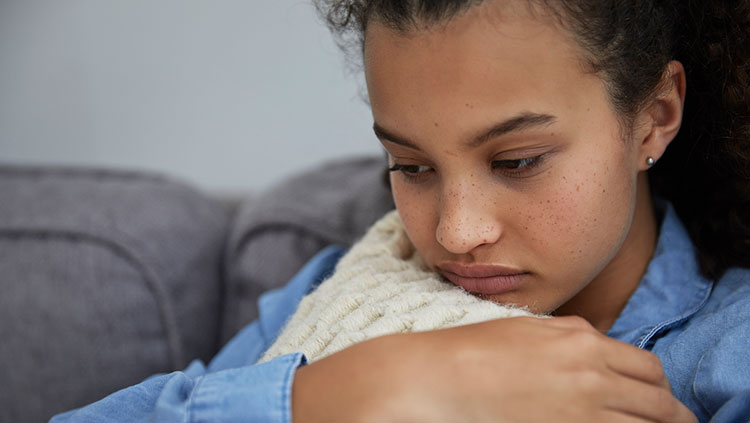
Adolescence in the U.S. looks drastically different from ten, twenty, or thirty years ago. Before, the most significant public health risks for teenagers were binge drinking, pregnancy, smoking cigarettes, and drunk driving. Today, feelings of persistent hopelessness, anxiety, depression, self-harm, and suicide ideation top the list of public health risks for teens. An April 23 article in The New York Times follows two teenagers in Minnesota — M and Elaniv — and their families as they share their experiences with mental health disorders. Their stories are part of a yearlong project featuring dozens of teens to explore the changing nature of adolescence in the U.S. Their accounts reflect larger trends in the U.S. adolescent mental health crisis, pointing to lack of sleep, decreased exercise, and less in-person socialization as some drivers inhibiting typical hallmarks of adolescence, like exploring identity and testing boundaries.
From 2011 to 2019, data from the CDC’s High School Youth Risk Behavior Survey indicate around a 9% decrease in high school students getting eight or more hours of sleep on a typical school night and nearly a 6% drop in students exercising at least an hour per day. Earlier puberty onset mixed with an overload of media consumption may also be contributing to the crisis. In 1990, girls would go through puberty on average around age 14. Today, that average age is 12 — and similar trends follow for boys. This change is believed to hypersensitize younger teens to social and hierarchical information, making them more prone to exploring identity and gauging self-worth within a cascade of media content earlier in life. This theory is backed by what researchers already know about the teen brain: it matures faster in areas involved in emotional reactivity and reward than in those governing thinking and decision making.
Big Picture: During adolescent development, the brain is doing a lot of molding and remodeling in response to experiences and environment, priming teens to be especially adept at learning and taking more risks. But many U.S. teens today live in a different environment than generations past — coping with a global pandemic, enduring more social isolation, and accessing technology that promotes perpetual engagement. The U.S. surgeon general warned of a “devastating” mental health crisis among teens — predating and intensified by the COVID-19 pandemic. But surrounding this U.S. adolescent crisis is a more accepting environment: the stigma once present decades ago around mental health is shedding. While not the only mitigators of mental health disorders, getting exercise, adequate sleep, and more socialization can be a start to improving mental health. If you or someone you know in the U.S. is struggling with self-harm or thoughts of suicide, visit or call the National Suicide Prevention Lifeline at 988 or 1-800-273-8255. The lifeline provides free and confidential support 24 hours a day, 7 days a week. If you or someone you know is in danger or needs immediate medical attention, please call 911 or visit your nearest emergency medical center.
Read more: ‘It’s Life or Death’: The Mental Health Crisis Among U.S. Teens. New York Times
More Top Stories
- A woman missing her left temporal lobe retains normal cognitive function in her daily life. WIRED
- Researchers draft a brain growth chart across the lifespan with over 120,000 MRI scans. Nature
- Rhesus monkeys have the interoceptive capacity to sense their heartbeats like human children. New Scientist
- Novel treatments reduce chronic pain by quelling alarm bells that catastrophize pain. National Geographic
- What do we know so far about Long Covid’s neurological impacts? Science
- Brain-computer interfaces attract market attention as they advance in the lab. Nature
- This device helped a 13-year-old with Down syndrome control his obstructive sleep apnea. STAT
- Artificial nerve cells were made from hydrogel in the lab for the first time. New Scientist
- A portable MRI machine could detect 90 percent of stroke patients’ dead brain tissue. AAAS
CONTENT PROVIDED BY
BrainFacts/SfN
Also In Neuroscience in the News
Trending
Popular articles on BrainFacts.org


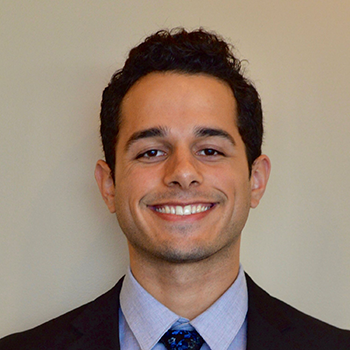
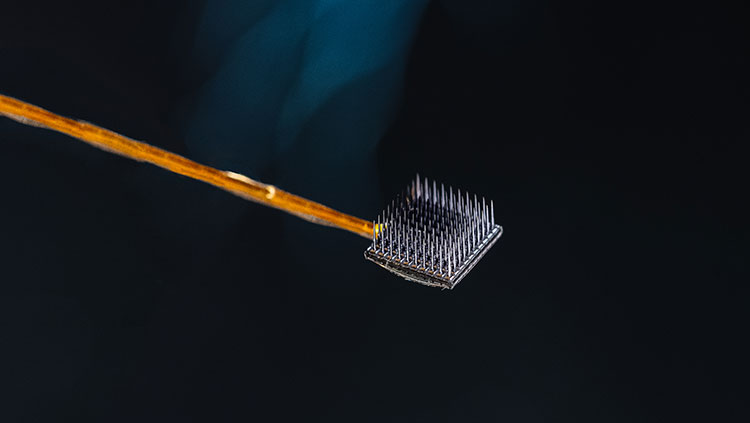
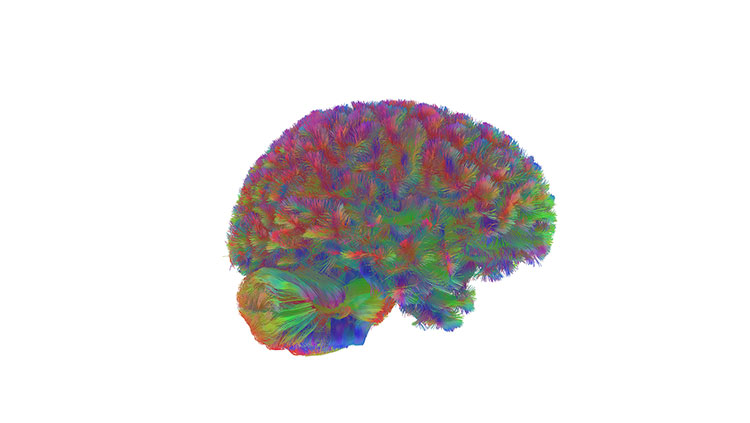
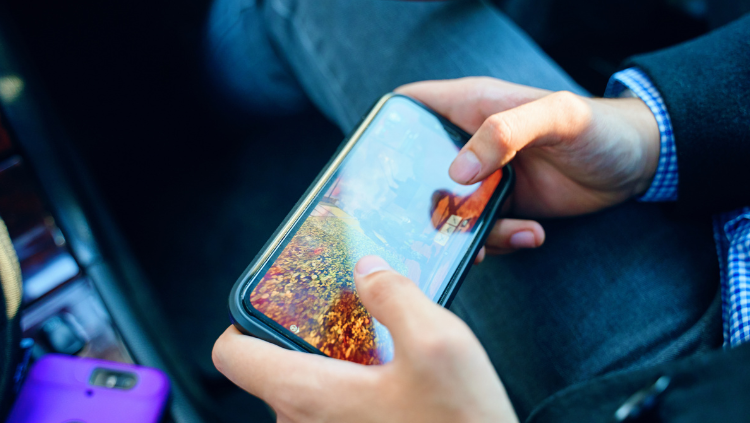
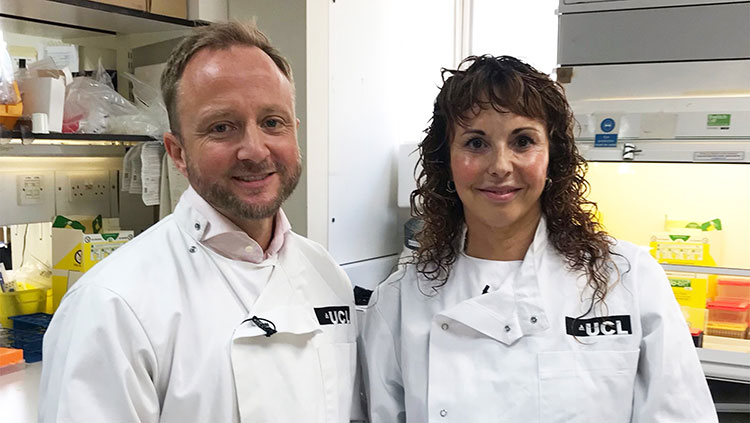
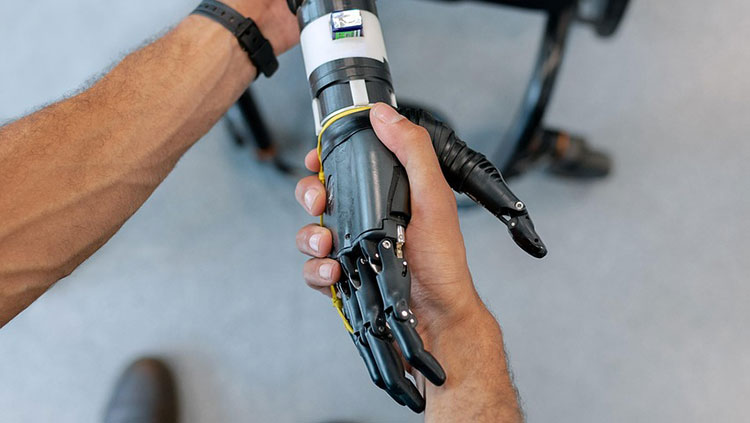
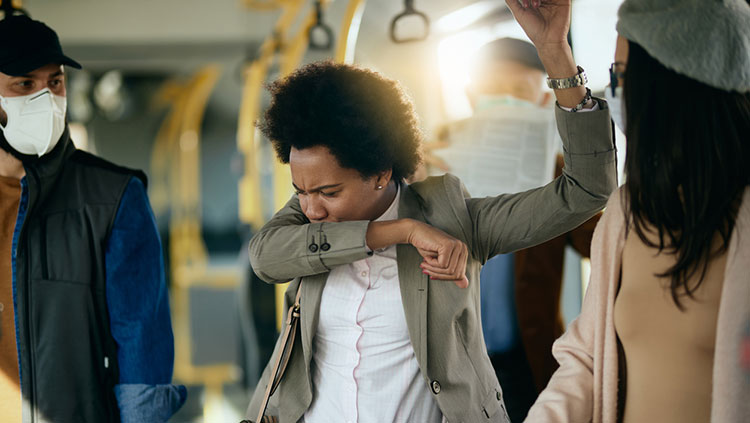
.jpg)









